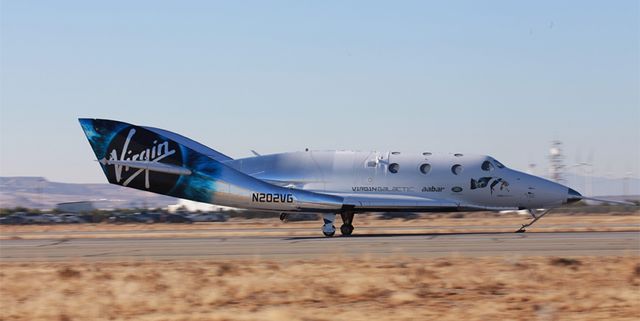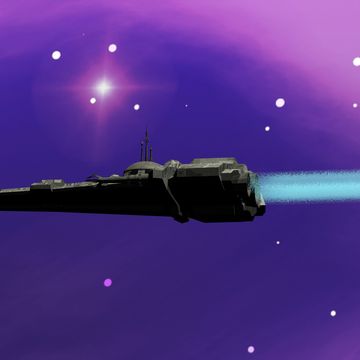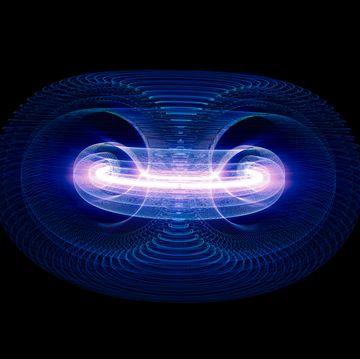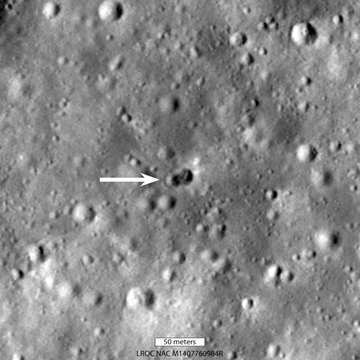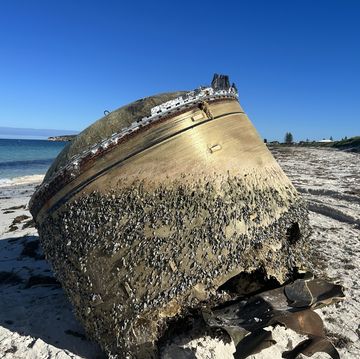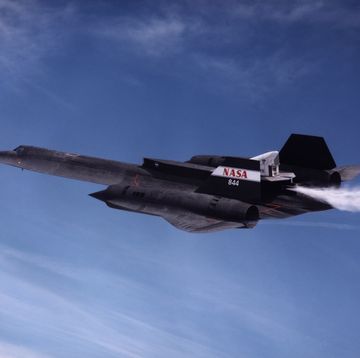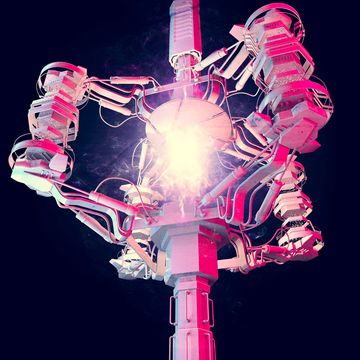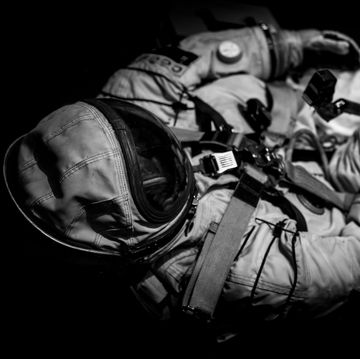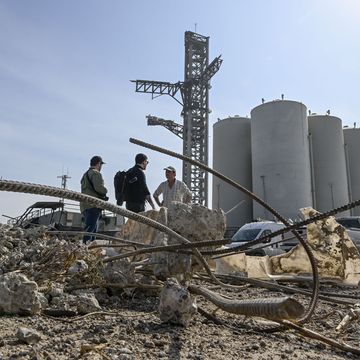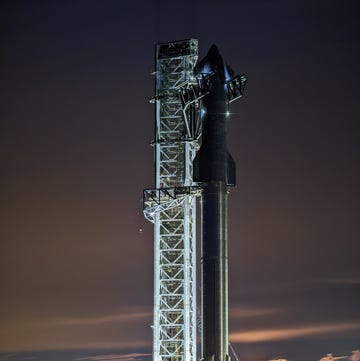Virgin Galactic's second SpaceShipTwo model, the VSS Unity built by Scaled Composites, was dropped from the carrier aircraft WhiteKnightTwo at 50,000 feet for its seventh glide test today. Virgin will review data from the flight, but the company is hopeful that this will be the VSS Unity's last glide test before the first powered flight with its hybrid rocket engine.
The flight saw the pilots put VSS Unity into a dive immediately after being released from the mothership, hitting Mach 0.9 in the spaceplane, about as fast as the craft can go without firing up its engine. The transonic test flight was piloted by Mark ‘Forger’ Stucky and Michael ‘Sooch’ Masucci.
As with previous glide tests, the VSS Unity carried a water ballast to simulate the weight of the hybrid rocket engine's fuel in flight. The ballast was then jettisoned at 22,000 feet to allow the pilots to fly and land the craft in a lighter configuration, simulating flight conditions after the rocket fuel has been used up.
Virgin Galactic has not conducted a powered flight test with a SpaceShipTwo model since the fatal crash of the VSS Enterprise in October 2014. The accident, determined to be caused by the pilot's premature deployment of the VSS Enterprise's "feather" system, significantly set the company's spaceflight program back. The feather reconfigures the tail of SpaceShipTwo to provide aerodynamic breaking during atmospheric reentry.
A fail-safe to prevent the feather system from deploying too early has been installed on the VSS Unity, and since the new craft's first flight in December 2016, Virgin Galactic has made significant progress advancing through its test flight schedule. A critical flight to test the feather was carried out in May 2017.
The VSS Enterprise was originally designed to fly above 100 kilometers, the internationally recognized boundary of space called the Karman line. However, additional systems added to the VSS Unity increase the weight and limit the craft from flying much higher than 80 kilometers. As powered flight tests progress, Virgin hopes to make design modifications to decrease the weight and increase the operating ceiling of SpaceShipTwo.
We will have to wait for confirmation, but the next time the VSS Unity takes to the skies, it could fire up its hybrid rocket engine for the first time and fly under its own power.

Jay Bennett is the associate editor of PopularMechanics.com. He has also written for Smithsonian, Popular Science and Outside Magazine.
